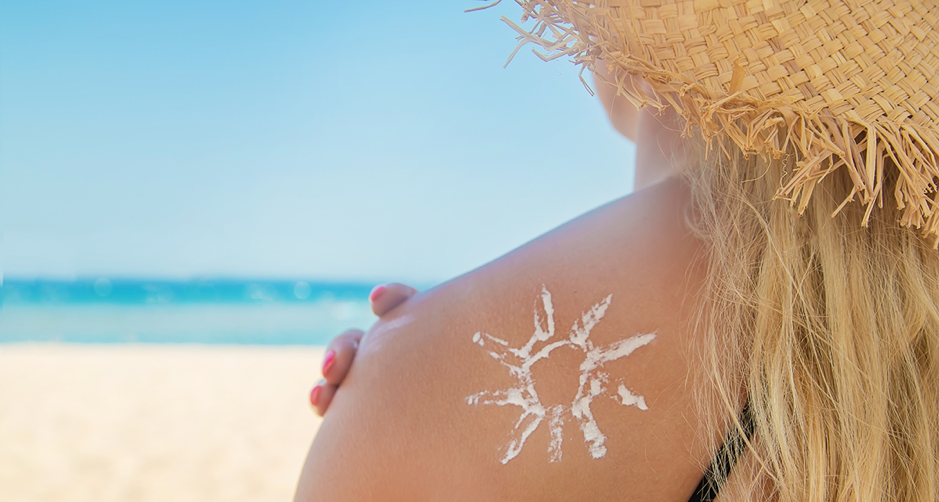The sun is a blessing, but it can also be a curse, inflicting sunburns, tanning and premature ageing. Sunlight comprises of 3 types of harmful rays viz., Ultra violet A (UV A), Ultra Violet B (UV B) and Ultraviolet C rays. UV C rays do not reach the earth’s surface as the ozone layer shields the earth. But UVA & UVB rays do reach the earth and produce several harmful effects on our skin by damaging our DNA.
UVA rays (400-315nm wavelength), penetrate deeper in to the skin and can cause:
- Wrinkling
- Age spots
- Premature ageing
- Suppression of immune system
- Skin cancer
UVB rays (315-280nm wavelength) are the burning rays which produce sunburn on prolonged exposure during summer, and it can also produce skin cancer. It produces more DNA damage than UVA rays.
What is SPF value?
Sun protection factor (SPF) value of a sunscreen is defined as the ratio of energy required to produce skin reddening or burning through the sunscreen, compared to the energy required to produce the same reaction in the absence of the sunscreen. But this is applicable only for UVB rays. Protection from UVA rays is determined by other methods like Critical Wavelength, the persistent pigment darkening (PPD) test and the Boots Star Rating. You need Broad-Spectrum sunscreen to combat both.
What’s important is:
- Whether the sunscreen is broad-spectrum i.e. offering protection from both UVA & UVB rays.
- Whether it is suitable for your skin.
- Whether it is water and sweat resistant.
- Whether you apply it as a thick layer 20-30 minutes before sun exposure.
- Whether you reapply the sunscreen after 2-3 hrs.
- No sunscreen can give you 100% protection from UV rays.
- Doubling SPF doesn’t give double protection.
So, don’t assume that since you applied sunscreen, you can be in the sun whenever you want. Avoid sun exposure as far as possible and use additional protective measures like umbrella, hats, sunglasses, thick clothing, etc.

